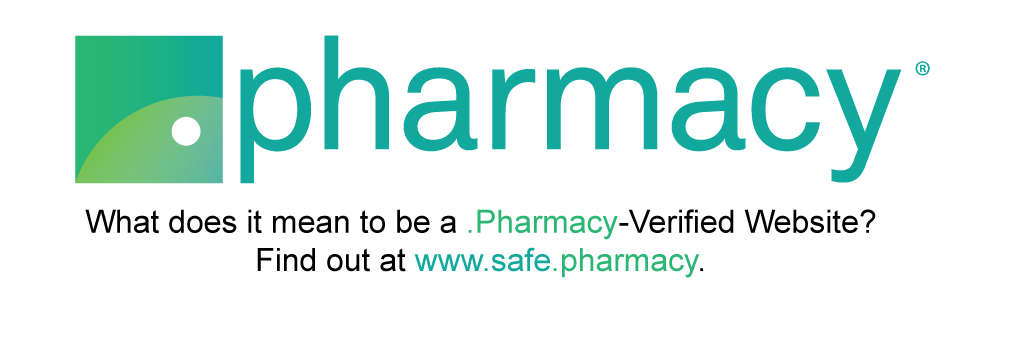If you follow recent news, you’ve probably heard about measles outbreaks cropping up in California1, Washington2, and New York.3 The Centers for Disease Control and Prevention (CDC) reports, as of September 2019 there have been 1,241 confirmed cases of measles in the United States this year, a number already higher than the previous four years combined.4 With so many cases, this year marks the largest outbreak of measles in the United States in 27 years.5
What is measles?
Measles, also known as rubeola, is a viral disease that can lead to fever, cough, runny nose, and red, watery eyes.4 These symptoms will usually appear about 7 to 14 days after being infected, before which a person may not even know they are sick.
In addition, a few days after these symptoms start to show, a measles rash will appear. This rash normally starts on the face and spreads down the body, starting with small red spots that will merge over time. The rash will usually remain for about five days before fading away.
Why should I be concerned?
The measles virus is spread when an infected person coughs or sneezes, releasing viruses into the surrounding area. Once in the air, the virus can remain there for up to 2 hours, with anyone passing through the area at risk of breathing in the virus and getting sick.3,4
This virus is very contagious, which means that if exposed people are not protected by a vaccine, they have a 9 out of 10 chance of catching the disease!2 While measles is technically considered eliminated in the US, recent cases come from unvaccinated people traveling outside of the country, catching measles abroad, and bringing it home with them.1,2,4
Measles symptoms generally are not very severe, but this disease can have very serious complications including:
- permanent hearing loss
- severe lung diseases
- swelling of the brain
- pregnancy complications
- death.4
Before the vaccine for measles was developed, over 3 million people were infected annually, with 48,000 hospitalized and 400 dying from measles and related complications each year.
How can I protect myself?
The best protection for measles is the vaccination.1,2,3,4 The measles vaccination is available as a combination vaccination with mumps and rubella, together called the measles-mumps-rubella or MMR vaccine.4
This vaccine works by teaching your body’s immune cells what to watch out for and helps prepare the body’s defenses for the viral attack. The vaccine is very effective, and when used as recommended is 97% effective at preventing measles.4
For most adults, the CDC recommends getting one dose of the vaccine, with certain conditions requiring a second dose achieve full immunity.9 In small children, the recommendation is to get one dose at 1 year old, and a second dose between 4 to 6 years old.9 The vaccine can and should be given to children under 1 year of age if planning on traveling internationally.3,9
Is the vaccine safe?
Yes, the MMR vaccine has been shown in repeated studies and trials to be safe and effective.2,3,6 While there have been concerns expressed that vaccines may cause autism, dozens of studies over the last 25 years including tens of thousands of patients have found no link between vaccines and autism.7,8
Additionally, the vaccine component purported to cause harm, a preservative called thimerosal, has never been a part of the MMR vaccine.6 The most common side effect of vaccines is redness and soreness at the injection site, and in rare cases a mild fever or rash may arise.4
Where can I get the vaccine?
The MMR vaccine is available at your doctor’s office or your pharmacy and is free of charge with most insurance plans. If you don’t have a regular doctor or pharmacy, you can use https://vaccinefinder.org/ to find a location near you.10
Pharmacies are especially convenient, with 9 in 10 Americans living within 5 miles of a pharmacy. At most pharmacies, no appointment is required, and your pharmacist can have you vaccinated and on your way in mere minutes. So then, what are you waiting for?
References
- Disneyland, Universal Studios Hollywood Visitors Reportedly Exposed to Measles. Washington Post. Aug 24, 2019. https://www.washingtonpost.com/health/2019/08/24/tourist-infected-with-measles-visited-disneyland-other-southern-california-hotspots-mid-august/ Accessed Sept 20, 2019.
- Measles Cases Mount in Pacific Northwest Outbreak. NPR News. Feb 8, 2019. https://www.npr.org/sections/health-shots/2019/02/08/692665531/measles-cases-mount-in-pacific-northwest-outbreak. Accessed Sept 23, 2019.
- US in danger of losing measles-free status, a ‘mortifying’ effect of anti-vax movement. USA Today. Sept 13, 2019. https://www.usatoday.com/story/news/nation/2019/09/13/us-could-lose-measles-free-status-if-outbreak-continues-new-york/2300281001/ Accessed Sept 19, 2019.
- Measles (Rubeola). Centers for Disease Control and Prevention. N.d. https://www.cdc.gov/measles/index.html Accessed Sept 19, 2019.
- U.S. measles cases reach highest level in 27 years. NBC News. May 31, 2019. https://www.nbcnews.com/health/kids-health/u-s-measles-cases-reach-highest-level-27-years-n1012401 Accessed Sept 23, 2019.
- Vaccine Safety. Centers for Disease Control and Prevention. N.d. https://www.cdc.gov/vaccinesafety/index.html Accessed Sept 20, 2019.
- Autism Occurrence by MMR Vaccine Status Among US Children With Older Siblings With and Without Autism. Journal of the American Medical Association. April 21, 2015. https://jamanetwork.com/journals/jama/fullarticle/2275444 Accessed Sept 23, 2019.
- MMR Vaccine Does Not Cause Autism: Examine the evidence! Immunization Action Coalition. N.d. http://www.immunize.org/catg.d/p4026.pdf Accessed Sept 23, 2019.
- Immunization Schedules. Centers for Disease Control and Prevention. N.d. https://www.cdc.gov/vaccines/schedules/index.html Accessed Sept 19, 2019.
- Vaccine Finder. HealthMap. N.d. https://vaccinefinder.org/













 Store & manage your medication list
Store & manage your medication list Medication pricing updates
Medication pricing updates Pill & refill reminders
Pill & refill reminders Medication journal & mood log
Medication journal & mood log